A biweekly newsletter with public space news, resources, and opportunities.
A curated dispatch on all things public markets plus the latest announcements from the Market Cities Program.
Every time Project for Public Spaces hosts a conference, our team eagerly awaits the results from the Call for Proposals. Nothing quite captures the exciting evolution of placemaking as a field like reading hundreds of proposals from placemaking practitioners, public officials, consultants, and advocates about their work in public spaces around the world.
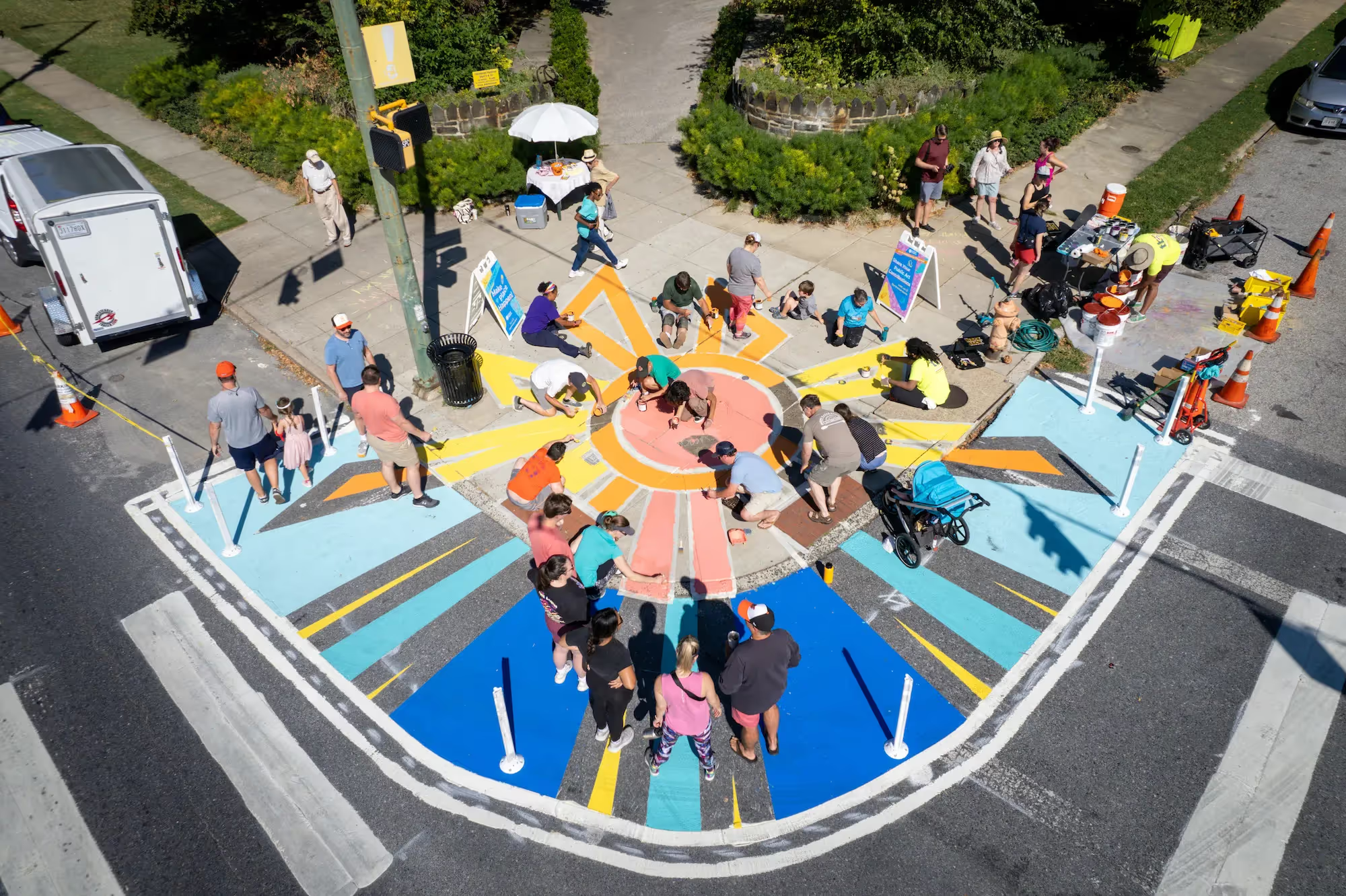
This year, we reviewed more than 300 proposals to curate over 40 breakout sessions and 12 mobile workshops for the 4th International Placemaking Week in Baltimore on June 5-8. Along the way, we noticed five distinct themes that highlight what is top of mind for public spaces professionals in 2024: Equitable Infrastructure, Creative Placemaking, Placekeeping, Vacant and Underused Spaces, and Waterfronts. Let’s dive into each of these themes with some examples of placemaking projects from around North America.
Read on to learn more about these emerging trends, or check out the full program to learn more about the diverse topics available to attendees.
Reviewing proposals, our team saw firsthand the growing interest in how large investments in things like streets, transportation systems, bridges and tunnels can serve multiple benefits to the community, and this theme resonates strongly in the host city of Baltimore.
When Baltimore’s 52nd Mayor, the 36-year-old former City Council President Brandon Scott, was sworn into office in December 2020, he spoke of his vision for leadership through the lens of equity. “Equity will be my guiding principle, from the way we invest in our Black and Brown neighborhoods and business to the way we govern and ensuring all residents get what they need,” Scott said. This sentiment echoes throughout the city, including at Baltimore's newly renovated Lexington Market, a 200-year-old hub of the city's food distribution infrastructure. The mobile workshop A New Lexington Market showcases the market's dedication to inclusive and equitable development with support for local, up-and-coming entrepreneurs.
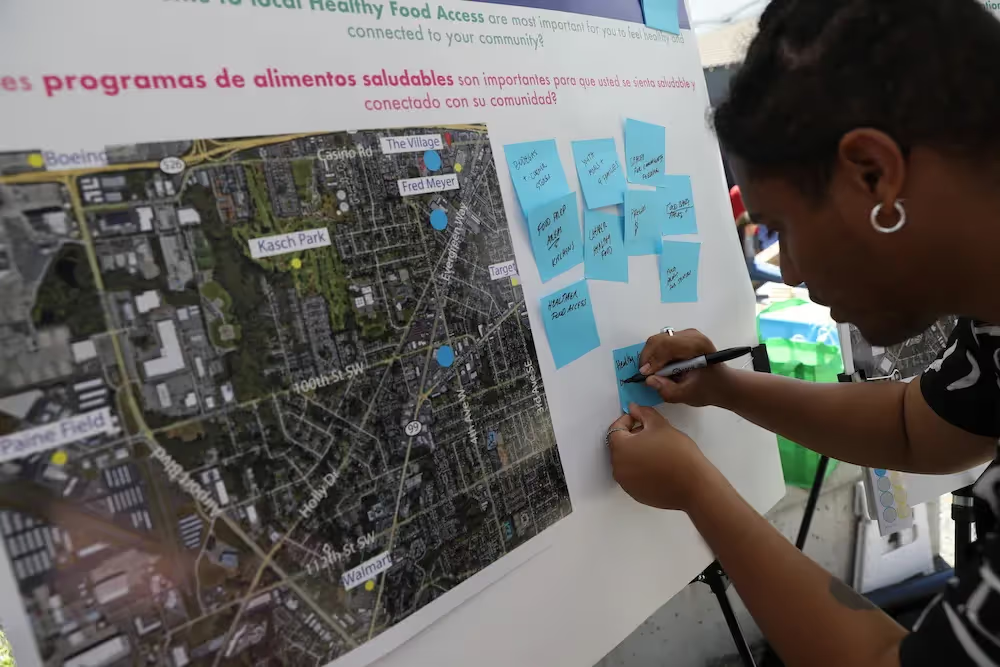
Other examples abound throughout the program. During the breakout session, Retrofitting Suburbia through Placemaking: Equitable economic development along the Blue Line Corridor, we’ll hear from a local panel on how Maryland’s Prince George’s County is reinventing the suburbs as a space teeming with culture and a strong sense of identity. Meanwhile attendees to Fostering Community Identity and Driving Inclusive Economic Growth: Nurturing a Distinct Sense of Place Amongst Evolving Infrastructure are in for a lively panel on community-centered economic inclusion—a transformative approach that addresses the challenges faced by communities undergoing significant infrastructure developments—by the Brookings Institution and Local Initiatives Support Corporation (LISC), featuring case studies from Southeast Washington, DC, and South Los Angeles.
Inspired by Baltimore’s enduring status as a beacon for arts and culture, another theme that emerged is creative placemaking. When exploring the city, the mark of local Black artists is indelible. Thanks to support from our local co-producer, The Medicine Show, we’re able to bring conference attendees to some of the most exciting art spaces in the city. We’re hosting conference programming in the arts & entertainment districts of Station North, home of our local co-host The Neighborhood Design Center, and the Bromo Arts District, which will be the location of the the conference’s opening party. Attendees will also get to visit a wide array of artist-run spaces, including Area 405, an artist-owned space inside a 174-year-old warehouse for the closing party.
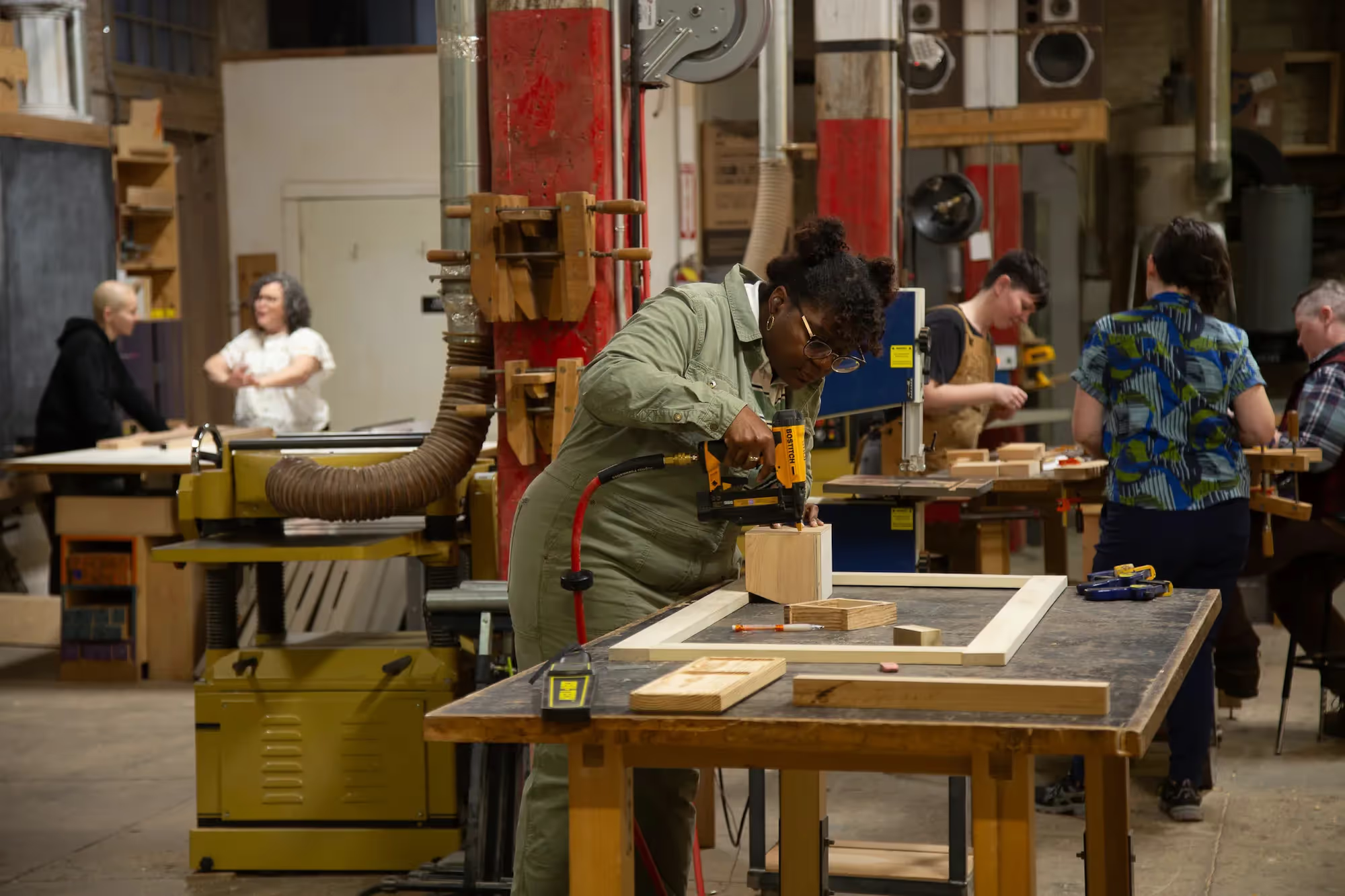
The breakout program showcases a wide variety of creative placemaking experts as well, like Soup to Nuts: Artists and City Officials Teaming up to Activate a Public Space in which a group of artists, designers, and city officials will discuss the brass tacks of activating public spaces, covering everything from community engagement to programming and maintenance. During our mobile workshops, participants will also have the opportunity to try their hand at collaborative art-making as part of the Community Paint at the Inner Harbor: A Mural to Remember Baltimore’s Enslaved Workers led by Creative Nomads, a local organization designing a mural dedicated to the enslaved workers who arrived in Baltimore’s ports, and learn strategies for empowering artists and creatives through affordable live-work space in Make Space: Using Cooperative Economics to Build Artist Communities.
At Project for Public Spaces, we view placemaking and placekeeping as two complementary approaches to creating well-used, well-loved public spaces. While placemaking emphasizes community-led change, placekeeping has been described as “the active care and maintenance of a place and its social fabric by the people who live and work there.” Placekeeping is particularly important in gentrifying neighborhoods, where a focus on continuity is vital to reasserting the culture and aspirations of those who face displacement, whether by saving a local community theater or teaching the next generation about a traditional local parade. Placekeeping can also be a way of bringing Indigenous histories to the forefront. For example, the Canadian nonprofit Evergreen offers a toolkit for civic-indigenous placekeeping and partnership building.

At Placemaking Week, public space leaders will have the opportunity to explore the various facets of this concept. Attend For Us By Us: Placekeeping in Black Communities to learn about three projects that leverage the arts, wellness, and public space activations to promote benefits for existing residents, including economic mobility and an enhanced quality of life. Looking at placekeeping on a broader scale, in Empowering Placemaking through Restorative Justice: A Community-Driven Framework for Equitable Placekeeping & Municipal Master Planning, Public Works Partners will lead placemakers on how an equity lens can be scaled to an entire city.
Successful placekeeping also often involves capturing the stories of a community. The LGBTQ Placemaker Storytelling Toolkit will offer a more interactive session, focused on sharing and co-creating tools to highlight and celebrate the stories and experiences of LGBTQ individuals in public spaces.
Many cities across the US face the issue of how to approach vacant and underused space. With nearly 15,000 vacant houses and 20,000 vacant lots, most of which are found in predominantly Black, low-income neighborhoods, Baltimore is no exception. But the City of Baltimore is also taking action in ways other places can learn from.

For example, in the mobile workshop Vacant to Vibrant: Community-led Revitalization in Johnston Square, attendees will join a 1.5-mile walking tour showcasing how a community-led process has enabled the city to restore abandoned row houses and convert vacant lots into beloved public spaces.
The breakout program for the conference will also feature great examples of reuse from around the world. In From Vacant to Vibrant: How to Create a Pop-Up Community Space, Somerville-based nonprofit CultureHouse will share its five-step processfor transforming underutilized ground-floor spaces into community places. One of our popular short talk sessions will also focus on vacant and underused spaces, featuring seven case studies from a range of cities including Seoul, South Korea, San Francisco, California, USA, Arendal, Norway, and more!
Baltimore’s Harborplace is at a pivotal moment. Once a leading model of the influential “festival marketplace” concept, today there are new plans underway to redevelop Harborplace, a 3.2 acre parcel of city-owned land in Baltimore’s Inner Harbor, into a mixed-use development with redesigned and expanded public spaces. The session Inner Harbor 2.0—Inventing Waterfront Placemaking in a Post-Industrial Society takes us behind the scenes to explore how an inter-sectoral team is working to create a healthy, vibrant, people-focused Inner Harbor that reflects Baltimore's reputation as Charm City.
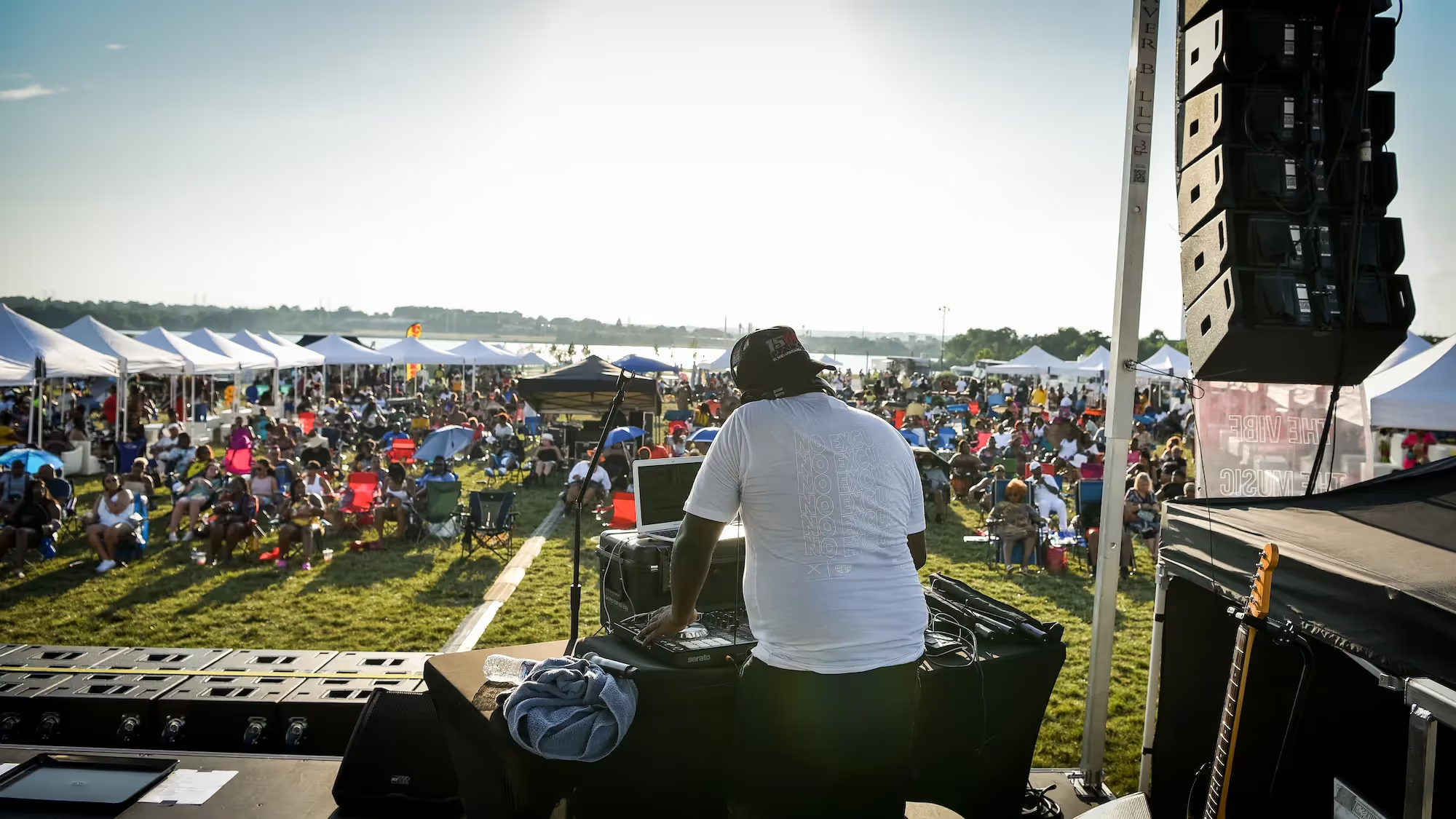
One mobile workshops will take attendees to another fascinating part of Baltimore's waterfront. Activating New Neighborhoods: Placemaking at the Baltimore Peninsula is a multi-site tour by bus, foot, and boat that will take participants to Baltimore Peninsula, a new mixed-use neighborhood building on the placemaking success of Inner Harbor.
But Baltimore's not the only city to recognize the enduring global appeal of waterfronts. For example, in the breakout session San Francisco Is Using Placemaking to Engage People in the Next Wave of Waterfront Revitalization: Sea Level Rise, attendees will learn about a multi-billion dollar project to protect against rising sea levels while better serving nearby low-income residents through Community Benefits Agreements. Likewise, in a lightning round session on activating, managing and developing waterfronts participants will hear experts speak on topics ranging from tactical urbanism to citywide campaigns and from guided tours to green infrastructure.
Join us in Baltimore this June 5-8, 2024, alongside other public space leaders to explore how these five themes intersect and shape the field of placemaking. There’s no better way to stay on top of current trends and learn today’s best practices than to gather with colleagues from around the world. You’ll learn firsthand about exciting, cutting-edge placemaking projects and return home with a renewed sense of inspiration for unlocking the full potential of the public spaces in your community.
Take a look at the program and choose your own adventure!
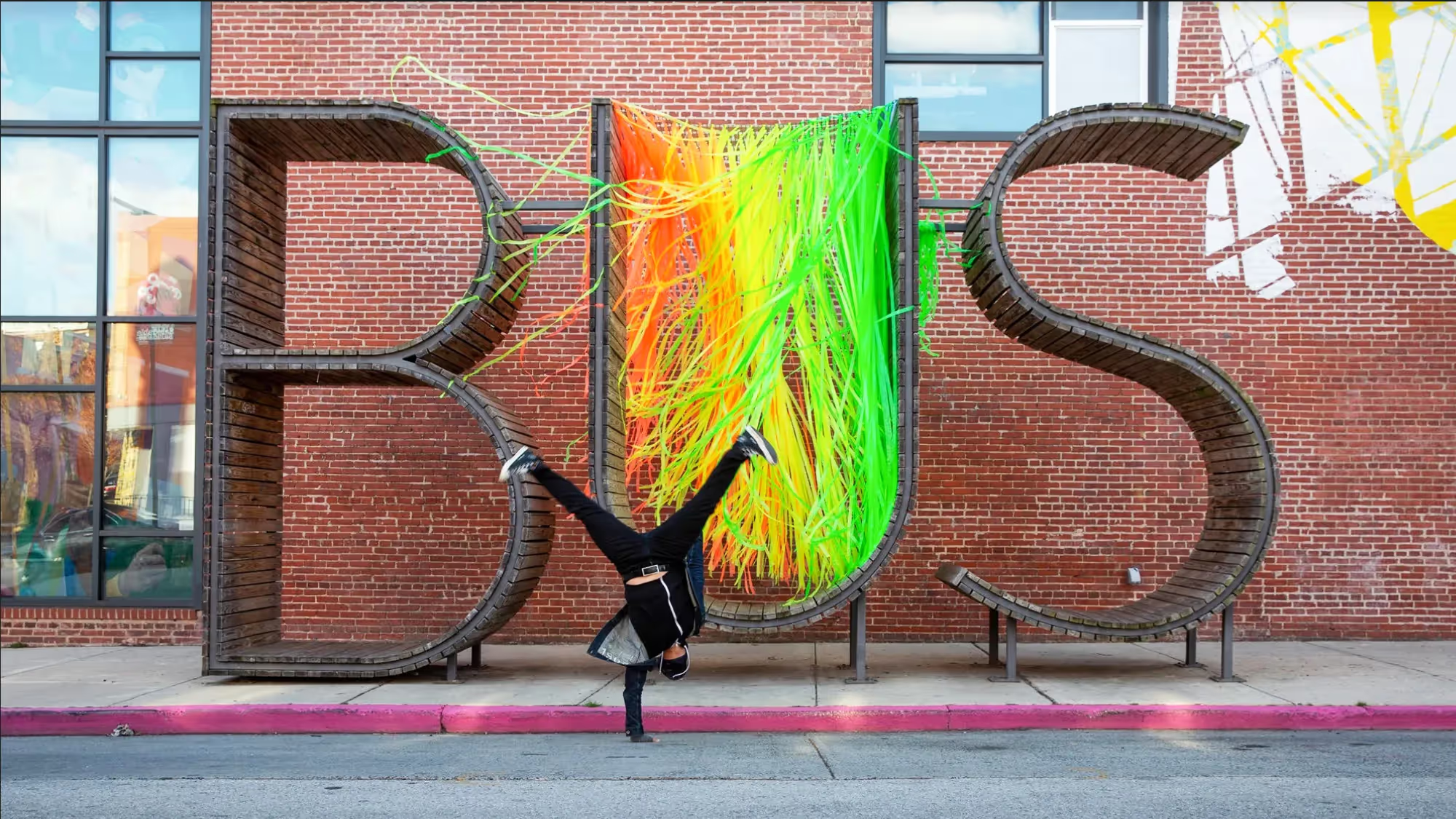
The rich text element allows you to create and format headings, paragraphs, blockquotes, images, and video all in one place instead of having to add and format them individually. Just double-click and easily create content.
The rich text element allows you to create and format headings, paragraphs, blockquotes, images, and video all in one place instead of having to add and format them individually. Just double-click and easily create content.
Body Text Body Link
The rich text element allows you to create and format headings, paragraphs, blockquotes, images, and video all in one place instead of having to add and format them individually. Just double-click and easily create content.
Here is some highlighted text from the article.




Headings, paragraphs, blockquotes, figures, images, and figure captions can all be styled after a class is added to the rich text element using the "When inside of" nested selector system.
Headings, paragraphs, blockquotes, figures, images, and figure captions can all be styled after a class is added to the rich text element using the "When inside of" nested selector system.
Headings, paragraphs, blockquotes, figures, images, and figure captions can all be styled after a class is added to the rich text element using the "When inside of" nested selector system.

We are committed to access to quality content that advances the placemaking cause—and your support makes that possible. If this article informed, inspired, or helped you, please consider making a quick donation. Every contribution helps!
Project for Public Spaces is a 501(c)(3) tax-exempt organization and your donation is tax-deductible within the guidelines of U.S. law.